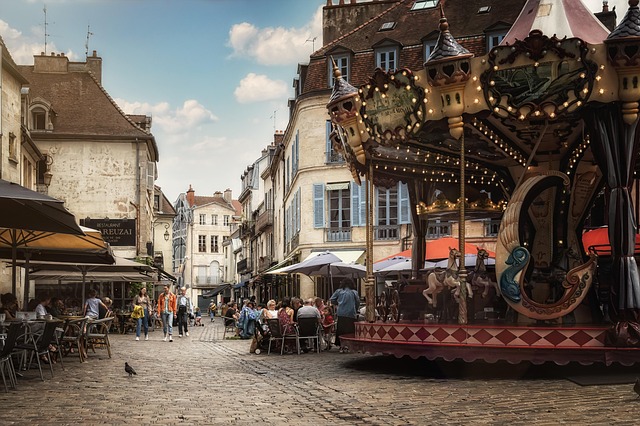Transforming City Streets: The Promise and Challenges of Low Emission Zones
Urban centers around the world are evolving rapidly, grappling with the dual demands of mobility and sustainability. Among the many innovative strategies aimed at creating healthier, more efficient cities, the low emission zone stands out as a beacon of hope. But what does it truly mean for the people navigating city streets every day?
Imagine a morning commute where the air is noticeably fresher, the usual exhaust haze replaced by clearer skies. This vision is at the heart of low emission zones—designated areas where vehicles with higher emissions are restricted or charged, nudging cities toward cleaner transportation options. For the everyday commuter, this translates into a subtle shift: fewer polluting cars, more bicycles, and an increased focus on public transit.
Low emission zones don’t just reshape traffic; they subtly alter the urban experience. Streets become more inviting for pedestrians and cyclists, fostering a sense of community and well-being. For parents pushing strollers on sidewalks or children playing near parks, these zones promise a safer, healthier environment.
However, the transition isn’t without hurdles. Some drivers, especially those reliant on older vehicles for economic reasons, may feel the pinch. This challenge pushes city planners to integrate supportive measures like subsidies for cleaner vehicles, improved public transport options, and educational campaigns to ensure inclusivity.
Moreover, the effectiveness of a low emission zone hinges on thoughtful implementation. Cities must balance restrictions with accessibility, ensuring that mobility remains fluid and equitable. Technological tools, such as real-time air quality sensors and adaptive traffic management, enhance the impact by providing data-driven insights.
Ultimately, embracing low emission zones is more than a policy shift—it’s a cultural one. It invites urban dwellers to rethink their relationship with transport and the environment. For many, this marks the beginning of a journey toward cities that are not just hubs of activity but bastions of sustainability and livability.




